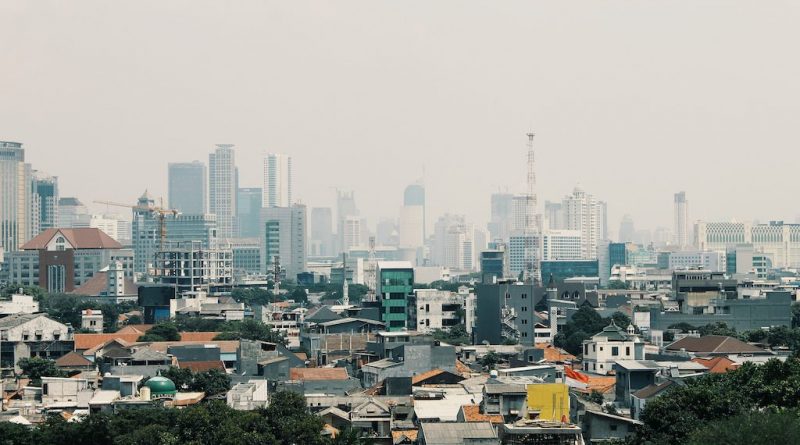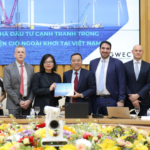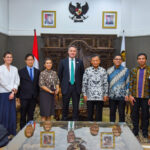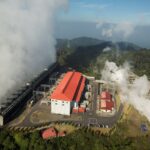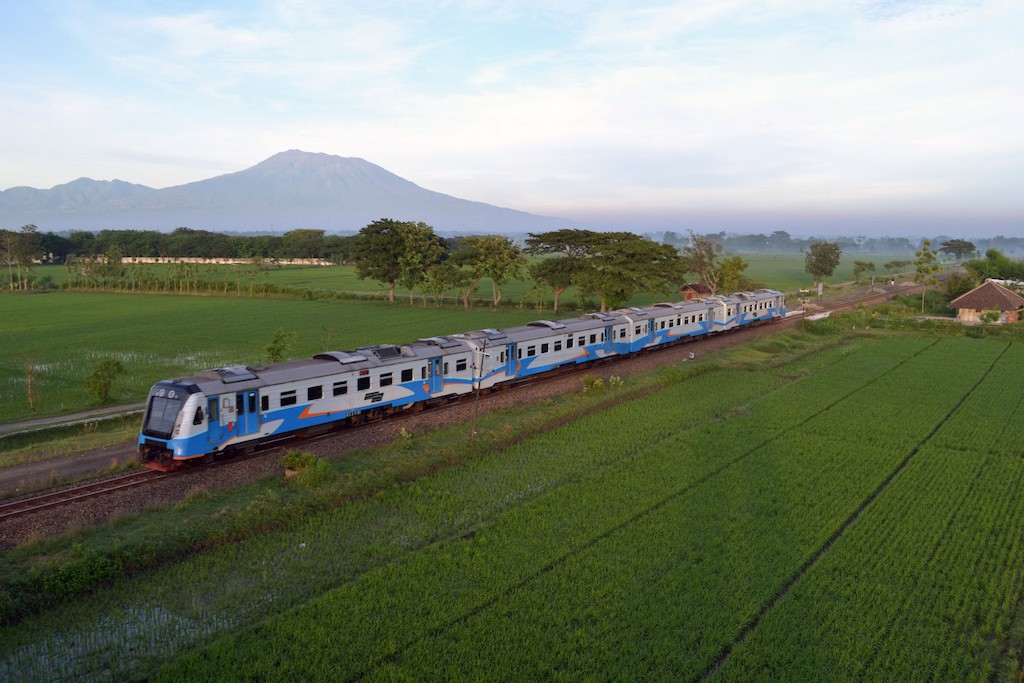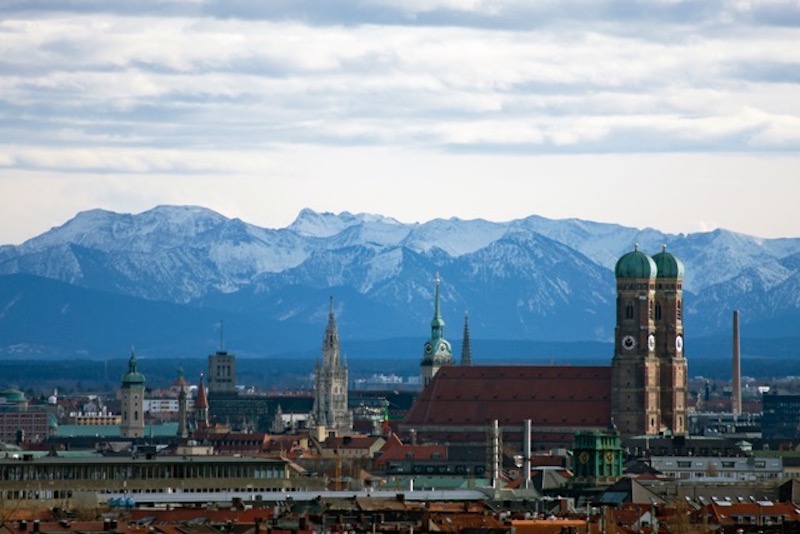Geothermal crucial in energy transition targets of Indonesia
Energy Disrupter
The Research Institute for Mining and Energy (ReforMiner) sees geothermal as elementary part to reach energy transition targets by the Indonesian government.
The ReforMiner Institute, a Research Institute for Mining and Energy in Indonesia, assesses that geothermal energy sources have the most potential in pushing the government’s target for energy transition in the next few years, so an article by Kontan today.
Indonesia has set itself a zero emissions target by 2060 and one of the efforts to be made is to stop the construction of a Coal Steam Power Plant (PLTU) in 2025.
In addition, the Government is also preparing a carbon tax policy. The carbon tax policy initiative is contained in the 2022 Fiscal Policy Principles on Economic Recovery and Structural Reform.
The Executive Director of the ReforMiner Institute, Komaidi Notonegoro, said that the energy transition, especially in the electricity sector, may not be easy.
This is reflected in the dependence on electricity supply from coal which still dominates.
“The realized portion of electricity production from coal reached 66.30% of total electricity production in 2020. In line with the achievement of the Commercial Operating Date (COD) program of 35,000 MW, the portion of electricity production from coal is projected to increase to around 70.10% in 2015. 2024,” said Komaidi.
Komaidi continued, the realization of the largest portion of electricity production from NRE occurred in 2020 where around 14% of the total national electricity production was supported by EBT.
This increase was driven by a reduction in electricity production from gas by 13,368 GWh. However, the increase from NRE is said to only reach 4,906 GWh.
For this reason, 2025 is considered a crucial period for the development of NRE. EBT electricity production is targeted to increase from 46,202 GWh in 2024 to 82,176 GWh in 2025.
The fulfillment of this production is in line with the decline in electricity production from fossil generators which are targeted to be reduced by 14,897 GWh.
“ReforMiner assesses that from a number of types of EBT owned by Indonesia, geothermal energy sources can be said to be the most potential type of EBT to accommodate energy transition policies in Indonesia’s electricity sector,” said Komaidi.
Geothermal potential in Indonesia reaches 29,544 MW or equivalent to 47.30% of the total generating capacity in Indonesia, which until December 2020 was recorded at 62,449 MW.
In addition, electricity production from geothermal energy can act as a base load as electricity production that has so far been produced from gas and coal.
Another advantage, the Capacity Factor (CF) of geothermal power plants (PLTP) can reach the range of 90%, which is higher than CF PLTS which is recorded at around 18% and PLTB around 30%.
Geothermal is still a problem
Although it has a relatively large potential and a number of advantages over other types of EBT, Komaidi ensures that geothermal development is still constrained.
Geothermal development in Indonesia has been carried out since 1972, unfortunately its utilization has only reached about 4%.
Meanwhile, efforts to encourage other types of EBT are also still hampered and intermittent.
“For PLTS, for example, in the production process, it will produce electrical energy in fluctuating amounts depending on or determined from the intensity of sunlight. Likewise for PLTB, the amount of electricity produced will also depend on wind speed,” explained Komaidi.
With these consequences, Komaidi expressed the need for readiness of the electrical system. A number of things that are needed include the provision of sufficient and appropriate reserve margins, the need to be equipped with weather sensors that are integrated with large electrical systems and the need for additional solutions so that the intermittent nature does not disturb the stability of the system.
Source: Kontan

